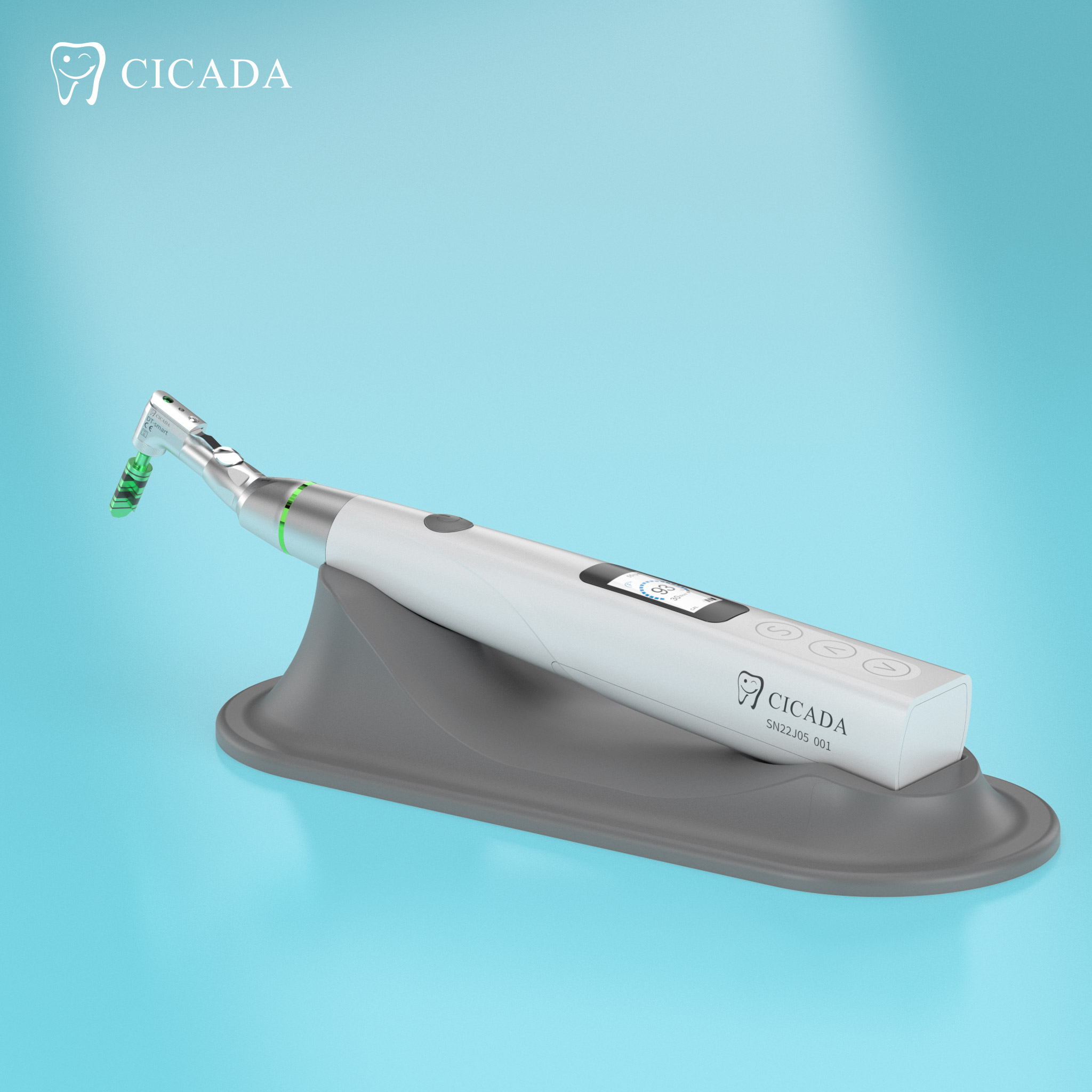An implant handpiece is a specialized dental tool designed for the precise placement of dental implants. It is a motorized instrument that drills into the jawbone, facilitating the secure insertion of implants to replace missing teeth. These handpieces are critical in implant dentistry due to their efficiency and accuracy, which significantly enhance patient outcomes.
Types of Implant Handpieces
There are three primary types of implant handpieces, each with unique characteristics:
Air-Driven Handpieces
● Powered by compressed air.
● Generally more affordable but can be noisy and require more maintenance.
● Suitable for basic procedures but less precise than electric models.
Electric Handpieces
● Operate on electric motors, providing consistent torque and quieter operation.
● Preferred for their precision and efficiency, making them ideal for complex procedures.
● Tend to be more expensive but offer better control and reliability.
Battery-Powered Handpieces
● The newest technology in implant handpieces.
● Offer portability and quiet operation but can be the most costly and require regular recharging.
● Each type has its advantages and disadvantages, making it essential to choose based on specific practice needs and budget constraints.
Benefits of Using Implant Handpieces
Precision and Control: They allow for meticulous control over speed and force during procedures, reducing the likelihood of errors.
Efficiency: Procedures can be completed faster, minimizing patient discomfort and recovery time.
Ease of Use: Their ergonomic designs make them simpler to maneuver compared to traditional tools, enhancing comfort for both the clinician and the patient.
Cost-Effectiveness: While initial investments can be high, their durability and reduced maintenance needs often lead to long-term savings.
Key Considerations When Choosing an Implant Handpiece
When selecting an implant handpiece, consider the following factors:
Type of Implants Used: Different implants may necessitate specific handpiece types.
Size and Ergonomics: Ensure the handpiece fits comfortably in your hand to reduce fatigue during extended use.
Power Source: Choose between air-driven, electric, or battery-powered based on your practice's requirements.
Cost: Prices can vary significantly, so it's crucial to assess your budget against the features offered by different models.
Conclusion
Implant handpieces are essential tools in modern dentistry that enhance the precision and efficiency of dental implant procedures. By understanding the different types available, their benefits, and key considerations for selection, dental professionals can make informed decisions that improve patient care while optimizing practice operations.






